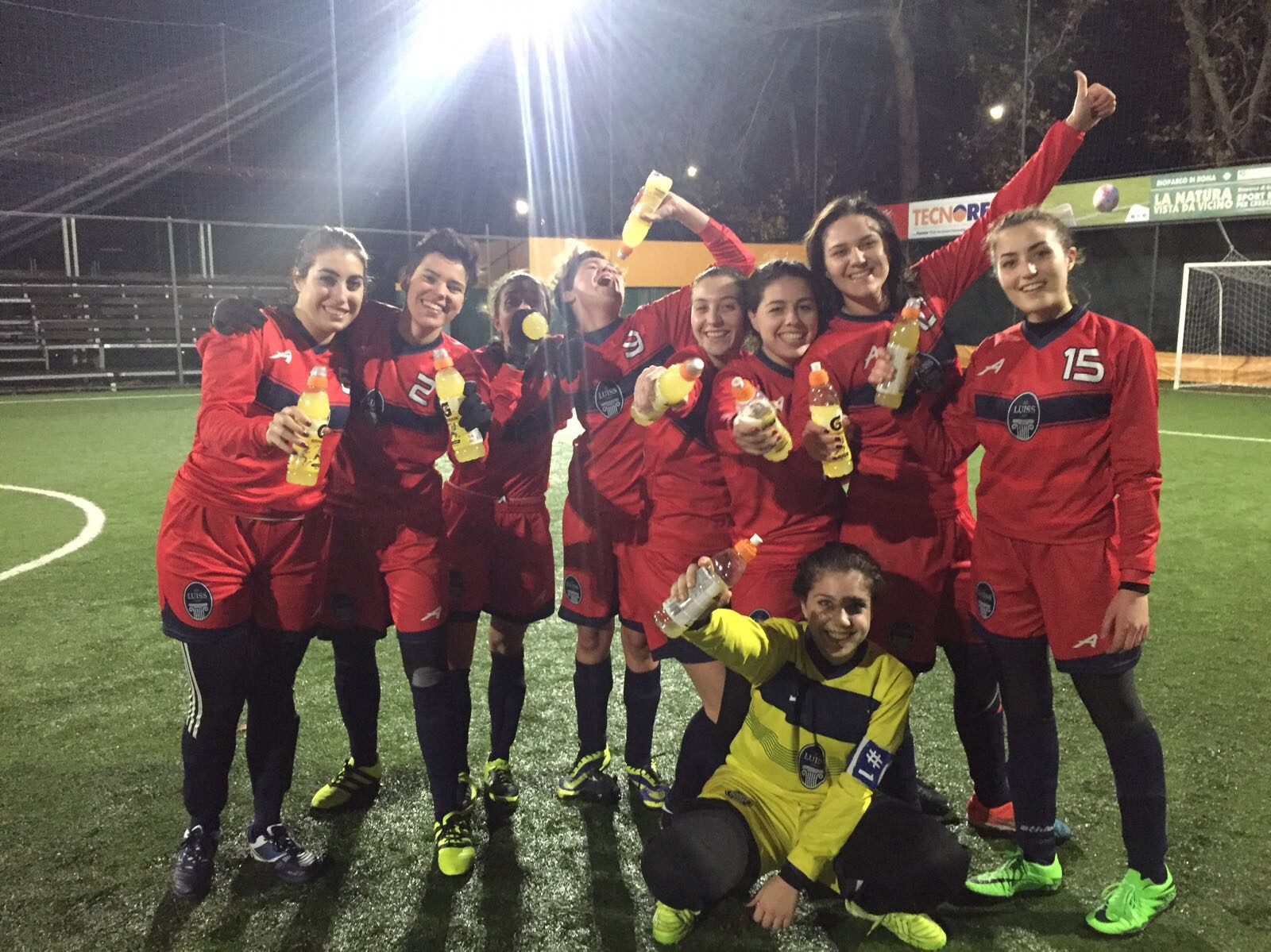Women’s football, development and prospects
The evolution of women’s football is a path of ups and downs, in Italy and abroad. Women’s football was born in Italy in 1968. A not accidental date, a time of revolutions and claims, movements and actions of change. Fifty years ago, several groups of girls around the peninsula began to create football teams and meet, giving rise to the first national women’s championship. A real organizational miracle, made of words, sacrifices and parents improvised in coaches.
Today the movement of Italian women’s football has 23,903 members, while the women’s referees are 1,595. These are some of the numbers on the world of football “in pink” in the eighth edition of the Report of football in Italy, produced by the Study Centre of the Italian Football Federation in collaboration with Arel and PwC.
In detail, the amateur women’s activity counts 14,266 registered footballers, divided into 7,796 in 11-a-side football, 4,504 in 5-a-side football and 1,966 in mixed activity C5/C11, in addition to 9,637 in the youth and school sector.
On 28 November last year, on the occasion of the match between Portugal and Italy valid for the qualification to the World Championship France 2019, the team of the coach Milena Bertolini was the first Italian national representative in history to be broadcast live on Facebook. The result is 94,000 views on the page of the FIGC and 11,000 on that of “Vivo Azzurro”. The lack of media coverage is a fundamental factor for the marginalization of this sport because it prevents companies from being able to attract sponsors, which, as a result, has an effect on economic development and, therefore, technical.
So, in concrete terms, what has changed to date? The recent growth of women’s football, as demonstrated, has aroused a lot of interest both from the football and economic point of view, but basically the problems still seem to be the same.
If on the one hand we are faced with a transparent and candid passion that brings with it sacrifices, efforts, sacrifices in order to enhance their sporting performance in training and competitions, on the other hand we are faced with a picture that is made opaque because the film has always been printed under the name of “amateurism” and not “professionalism”.
We of the LUISS Sports Association have always proudly proposed women’s sports, and we rely heavily on the student women’s 5-a-side football players who play in the D series championship; we see them engaged every day between study and competitive activities, so we are very sensitive to the subject.
Considering that with equal dedication and commitment, the athletes have nothing to envy to their professional male colleagues and that for this obvious lack of protection many of them are forced to loosen the pace or even move away from the sport loved for lack of a future, perhaps it is time to change and give new value to that law 91/1981 that has done so much and continues to be discussed. This is because “in general, talent has no gender” and deserves to be equally valued and protected.


